Horizon: An American Saga is a Western directed by Kevin Costner. It also stars Kevin Costner and is co-written by Kevin Costner and has been bankrolled by Kevin Costner — so if it’s Kevin Costner you’re after, happy days. This is Chapter One, and there are three more chapters to come, so even though it’s a whopping three hours long it’s only a quarter of a film.
Sienna Miller doesn’t get to do much except look golden. She deserves better, I think
Now I have to say something positive about it because, you know, Costner re-mortgaged his house to fund it and everything. Sienna Miller is a positive. I liked the way that, even when her character was under extreme duress (in 1856), she still looked like she’d just come from an appointment at the hair salon. I hope I have now done my bit in keeping Mr. Costner afloat.
This is a vanity project — or a passion project, depending on your view of it — and it certainly takes itself very seriously. It has the cinematography you’d expect of a Western, as well as the vast landscapes and the emphatic, sweeping music and thundering horses and the little town with just one saloon and one store — and, yup, there she is, the sexy hooker hanging out of a window. What it doesn’t have is anything original to say if, that is, it has anything to say at all. Still, it’s early days, remember. There are three films still to go.
It opens in the San Pedro Valley in the 1850s where a band of white settlers have unwisely chosen to set up at an Apache river crossing. One night, while they are carousing, the Apaches attack. This is a prolonged, graphically violent scene during which Frances Kittredge (Miller) loses her husband and son. (The son, Nathaniel, is played by Costner’s actual son, Hayes. And what is Costner’s character’s name when he turns up an hour in? Hayes. Does it ever cross anyone in that family’s mind that there is such a thing as too much Costner?) Once Miller’s character emerges, with great hair, after almost being buried alive, she is led to safety by a handsome unionist soldier (Sam Worthington) and pivots pretty quickly from grieving widow to flirty singleton. Miller doesn’t get to do much except look golden while bathed in a flattering light. She deserves better, I think.
That’s one story but there are around 872 others. These are variously set in Kansas, Wyoming and Montana, some of which connect and some of which don’t. Yet. This is essentially a collection of sub-plots and coherence is not the film’s strongest element. Just when you’re beginning to get your head round one group of characters, a wagon train turns up and dispenses yet more. Matters aren’t helped by the fact there are so many bearded men who look the same. “Hang on, which bearded fella is this one?” you will be asking yourself.
When Costner does turn up his character, Hayes Ellison, is one of those unreadable, taciturn, loner, noble types — so there’s no breaking of new ground here. We don’t know what Ellison’s game is. Yet. He does rescue a hooker named Marigold (Abbey Lee), who has the sort of blonde, tumbling curls I would die for. Costner has said he wanted audiences to be “inspired by the true history of America in the Old West.” What, when they were all hot?
The film does feel retrograde, rather than a revitalization of the genre — and many of the tropes and characters are familiar. At least, though, it doesn’t feature anyone hunting down the person who killed their father/son/brother. Only kidding: of course it does. And the American Indians do get short shrift. We see plenty of the white characters’ backstories and barely any of theirs, which is inexcusable, particularly given Costner’s involvement in Dances With Wolves. But we’ll see. Chapter Two lands in August and they’ve already started filming the third. I’m sure it will all come right in the end. I hope so: I’m thinking of Costner’s house.
This article was originally published in The Spectator’s UK magazine. Subscribe to the World edition here.



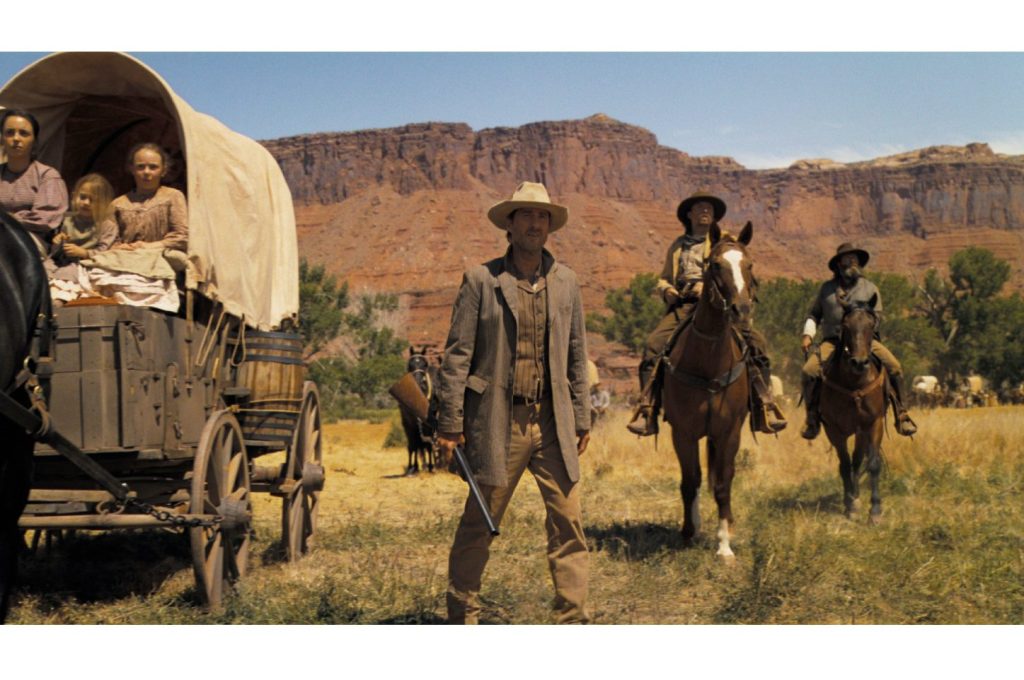






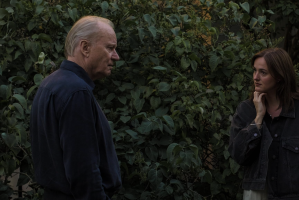
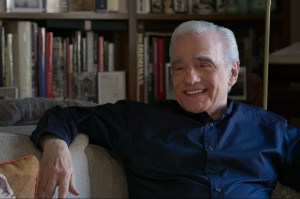
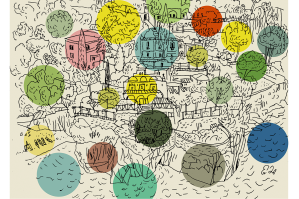
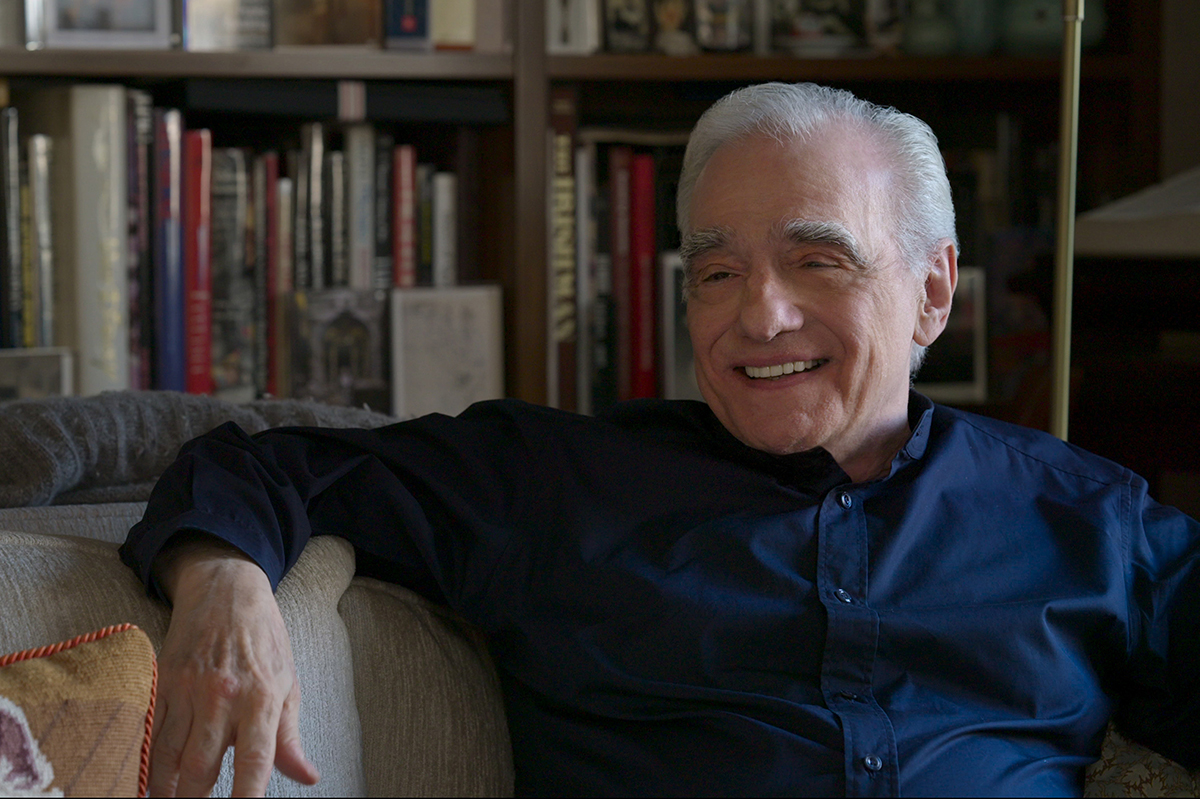
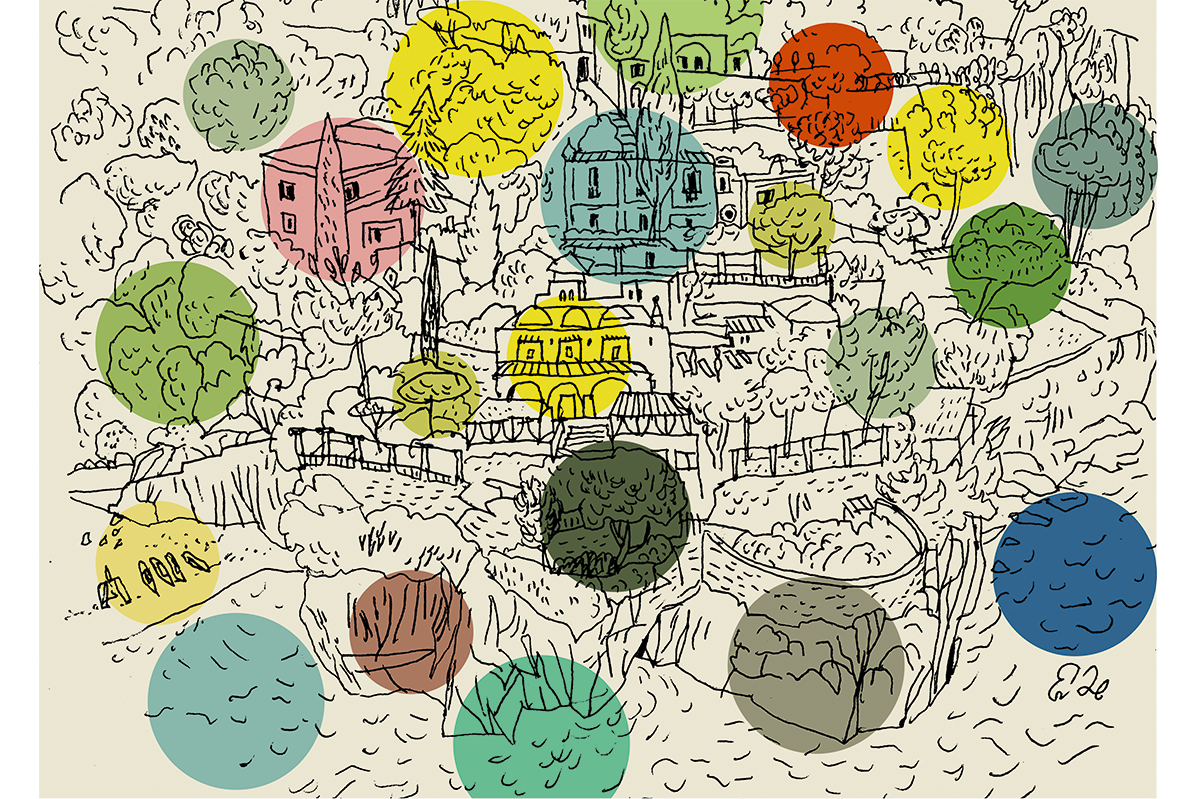
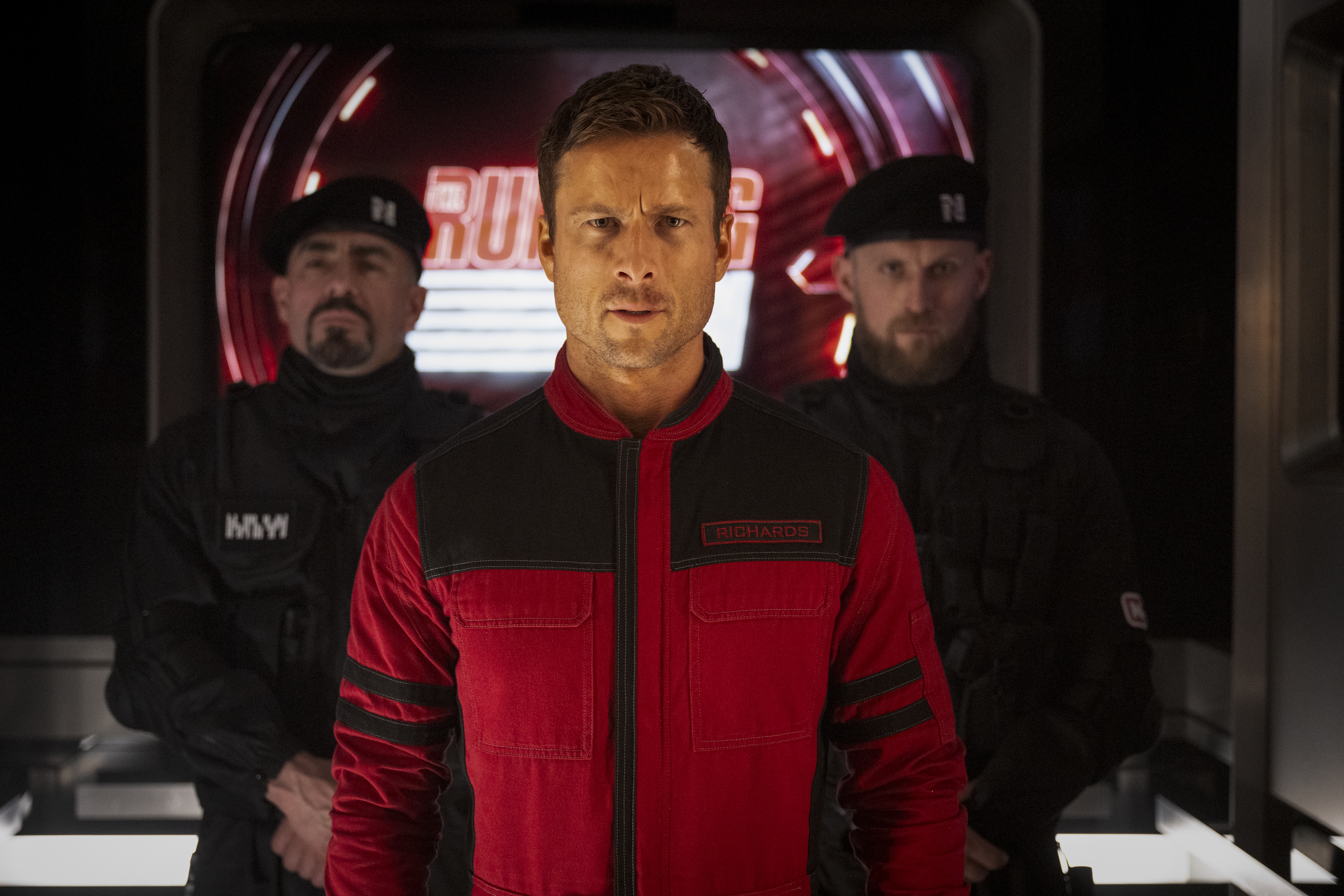

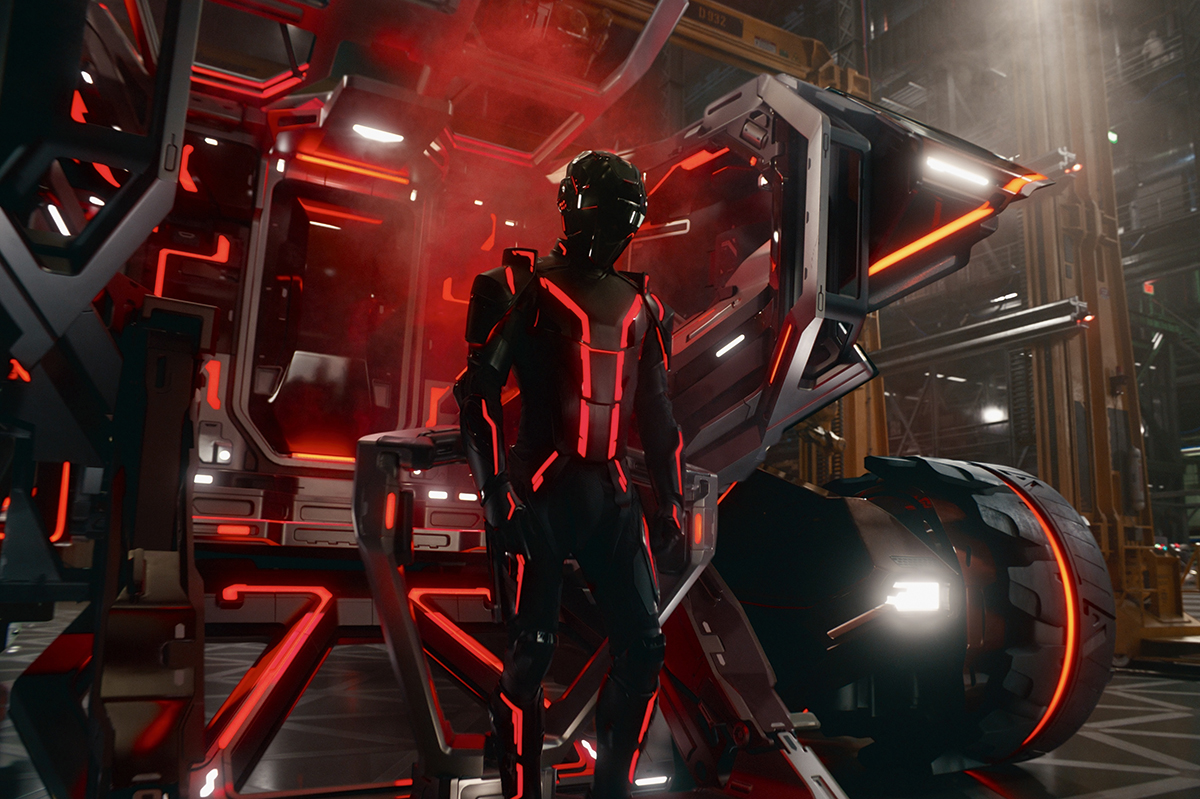
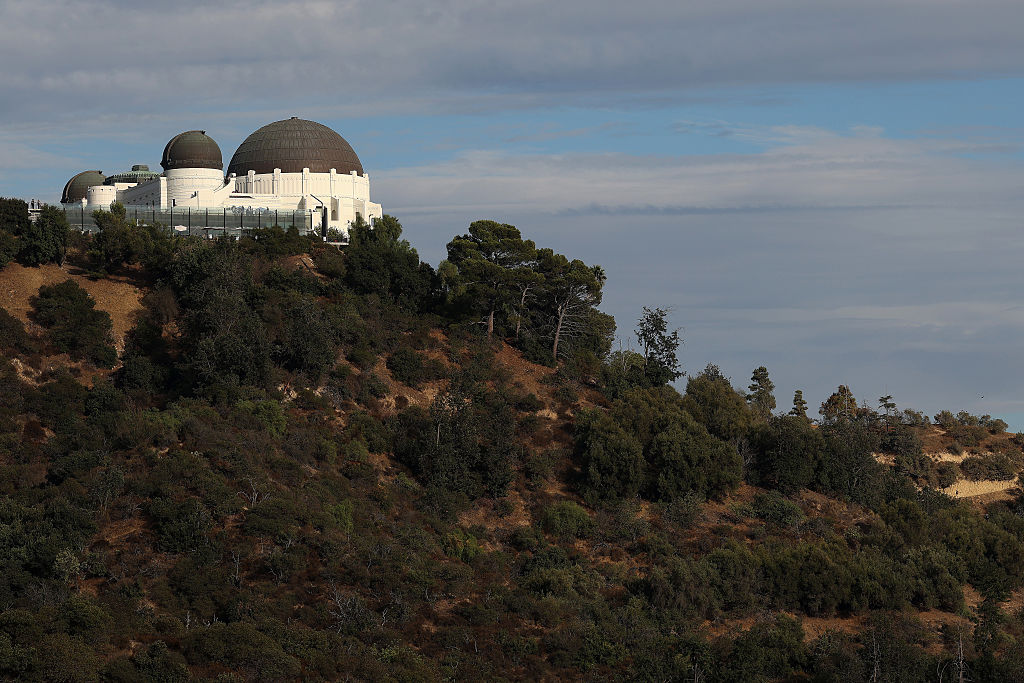







Leave a Reply